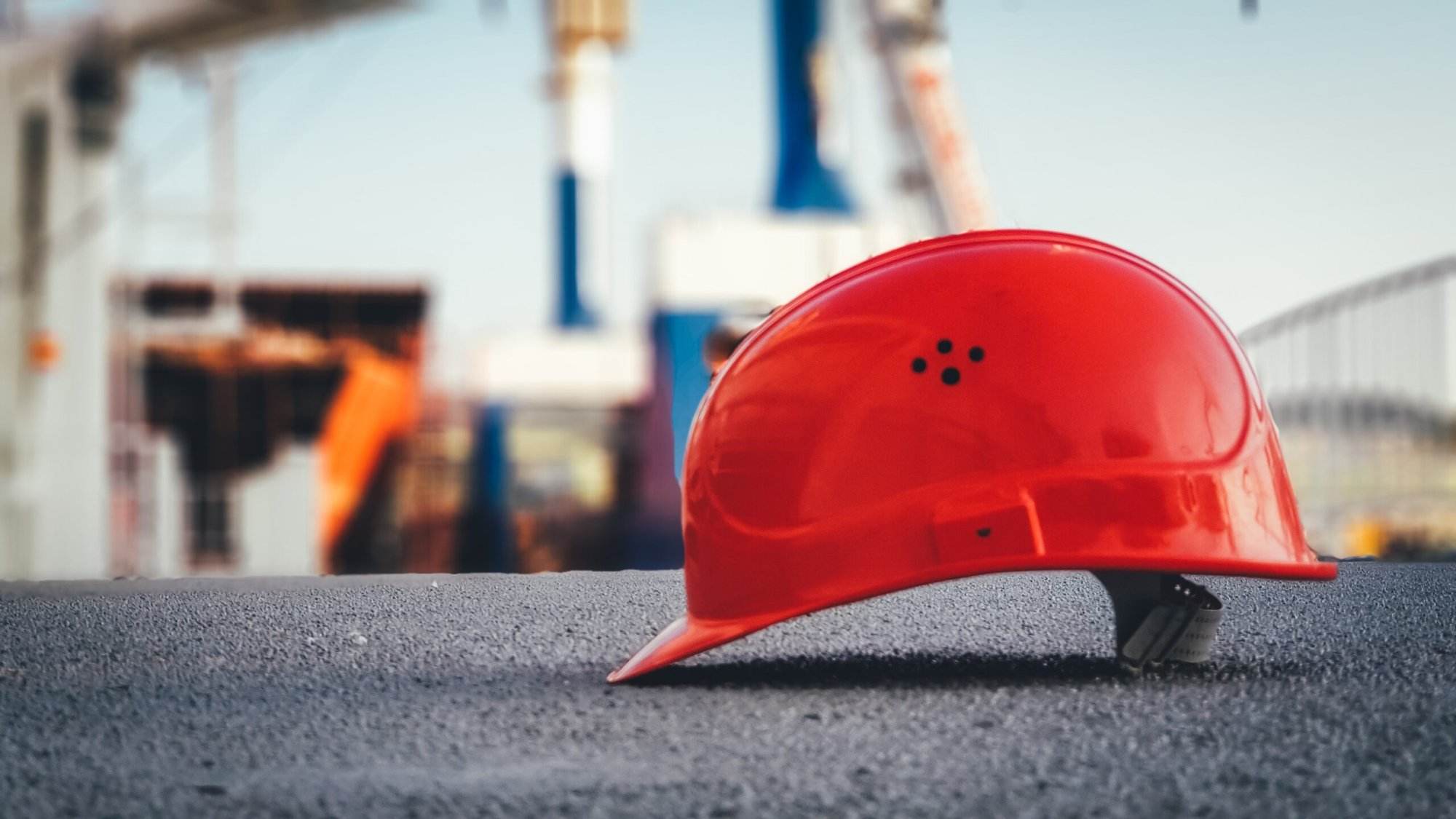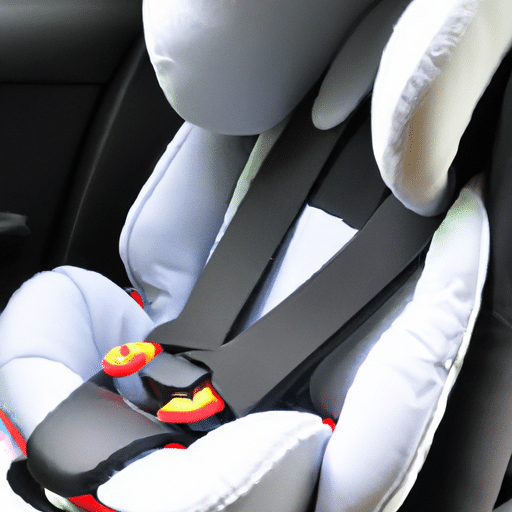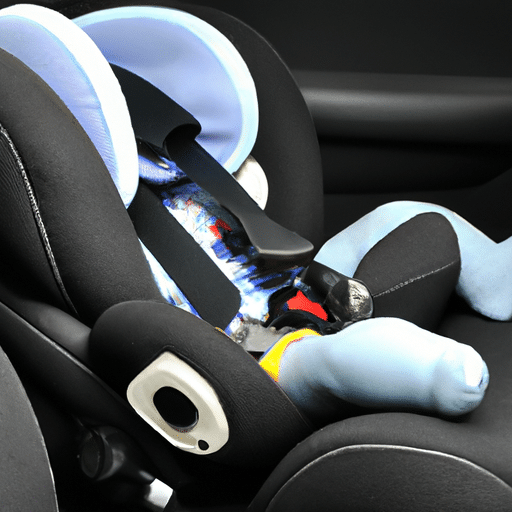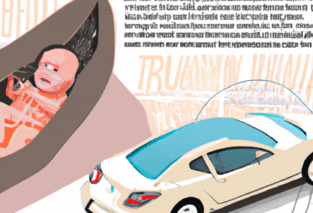Are you a new parent or caregiver trying to ensure the safety and comfort of your precious little one during car journeys? If so, you might be wondering: where should the headrest be on a baby car seat? This crucial aspect of car seat installation is often overlooked but plays a significant role in providing adequate support to your baby’s head and neck. In this article, we will explore the optimal placement of the headrest on a baby car seat, giving you the peace of mind you need while on the road with your bundle of joy.

Importance of Headrest on Baby Car Seats
Protection and Support for the Head and Neck
When it comes to the safety and well-being of your baby, every detail matters. One key component of a baby car seat that should not be overlooked is the headrest. The headrest plays a crucial role in providing protection and support for your baby’s delicate head and neck.
During a car ride, sudden stops or impacts can cause the baby’s head to jolt forward or sideways, putting strain on their fragile neck. A properly positioned and well-designed headrest can effectively minimize the risk of injuries to the head and neck area. It acts as a cushion, absorbing the impact and distributing the force more evenly, reducing the chances of serious harm.
Preventing Neck Injuries
Babies have weaker neck muscles compared to adults, making them more susceptible to neck injuries during a car ride. Whiplash, a common injury caused by sudden movements of the head, can be particularly dangerous for infants. The headrest on a baby car seat acts as a buffer, preventing excessive movement of the head and reducing the risk of neck injuries.
By providing support to the head and neck, the headrest helps to maintain the alignment of the spine and prevents excessive flexion or extension of the neck. This is especially important for babies who are not yet able to support their own heads independently.
Promoting Comfort and Ease of Travel
In addition to safety considerations, the headrest on a baby car seat also serves to enhance comfort and ease of travel for your little one. A well-padded and appropriately positioned headrest can make the car ride more comfortable, allowing your baby to relax, sleep, or enjoy the journey without discomfort.
Furthermore, a properly positioned headrest ensures that the baby’s neck is not in an awkward or strained position. This can contribute to a more pleasant and enjoyable travel experience for both the baby and the parents.
Factors to Consider When Positioning the Headrest
Age and Size of the Baby
The position of the headrest on a baby car seat should take into account the age and size of the baby. As your baby grows, their head and neck support needs evolve. Therefore, it is essential to adjust the headrest accordingly to ensure optimal protection and comfort.
Newborns and infants may require a headrest that provides more support and stability, while older babies may benefit from a headrest that allows more freedom of movement. Be mindful of the specific age and size ranges recommended by the car seat manufacturer to ensure a proper fit.
Type of Car Seat
Different types of car seats may have varying headrest designs and positioning guidelines. Infant-only car seats, convertible car seats, all-in-one car seats, and booster seats each have specific features and requirements for headrest placement. Be sure to consult the instruction manual for your particular car seat model to determine the appropriate position for the headrest.
Car Seat Installation
The installation of the car seat can impact the positioning of the headrest. Proper installation is essential not only for the overall safety of the car seat but also for ensuring that the headrest is correctly positioned to provide the intended protection. Make sure to carefully follow the manufacturer’s instructions and seek professional guidance if needed during the installation process.
Restraining System
The type of restraining system in the car seat, such as a five-point harness or a three-point seatbelt, may also impact the placement of the headrest. Some car seats have integrated headrests that are specifically designed to work in conjunction with the restraining system for enhanced safety and support. Consider the type of restraining system in your car seat and choose a headrest that complements it effectively.
Recommended Placement of the Headrest on a Baby Car Seat
Manufacturer Guidelines
The most reliable source of information regarding the placement of the headrest on a baby car seat is the car seat manufacturer. Each car seat model may have specific recommendations and guidelines for headrest positioning. Take the time to thoroughly read and understand the instruction manual that accompanies the car seat. The manufacturer’s guidelines should be followed closely to ensure optimal safety and performance.
Proper Alignment with the Baby’s Head
The headrest should be positioned in a way that aligns properly with the baby’s head. It is important to ensure that the headrest is not too high or too low, as an improperly aligned headrest may not provide adequate support or protection. Adjust the headrest to match the height and size of the baby’s head, allowing for a snug fit that keeps the head stable and secure.
Positioning to Support the Neck
A critical aspect of headrest placement is to support the baby’s neck adequately. The headrest should cradle the back of the baby’s head, providing gentle support to the neck muscles. This helps to maintain the natural curve of the spine and prevent unnecessary strain or stress on the neck during the car ride. Take the time to ensure that the headrest is properly positioned to offer optimal support to the baby’s neck.
Common Mistakes to Avoid
Incorrect Height Adjustment
One common mistake when positioning the headrest on a baby car seat is adjusting the height incorrectly. If the headrest is set too high or too low, it may not provide the appropriate protection or support for the baby’s head and neck. Take the time to carefully adjust the headrest to the proper height, as recommended by the manufacturer, and ensure that it is securely in place.
Misalignment with the Baby’s Head
Another mistake to avoid is misaligning the headrest with the baby’s head. It is essential to ensure that the headrest is centered and cradles the back of the baby’s head properly. Misalignment can result in a lack of support and compromise the effectiveness of the headrest in preventing injuries. Double-check the alignment before setting off on a car journey.
Using Headrests Not Designed for the Car Seat
Using headrests that are not specifically designed for the car seat is a mistake that should be avoided. While it may be tempting to use additional accessories, such as aftermarket headrests or pillows, to enhance comfort or support, it is important to remember that only headrests approved by the car seat manufacturer should be used. Non-approved accessories can interfere with the proper functioning of the car seat and compromise the safety of the baby.

Adjusting the Headrest as Your Baby Grows
Frequent Height Check and Adjustment
As your baby grows, their headrest needs may change. It is crucial to regularly check the height and position of the headrest to ensure that it remains appropriate as your baby develops. What may have been a suitable position for a newborn may no longer provide optimal protection and support for an older baby. Make it a habit to check and adjust the headrest height periodically to accommodate your baby’s growth.
Transitioning to a Forward-Facing Car Seat
When transitioning your baby to a forward-facing car seat, it is important to review the headrest positioning guidelines for the new car seat model. Forward-facing car seats have different requirements for headrest placement, and proper adjustment is essential to ensure continued protection for your baby’s head and neck.
Using Convertible Car Seats
Convertible car seats are designed to adapt to the changing needs of your growing baby. They can be used in both rear-facing and forward-facing orientations, providing flexibility and extended use. When using a convertible car seat, follow the manufacturer’s guidelines for adjusting the headrest position accordingly. Convertible car seats often have multiple height settings to accommodate the growth of the baby, ensuring that the headrest remains appropriately positioned.
Safety Considerations
Importance of Proper Installation
Proper installation of the baby car seat is crucial for overall safety, including the positioning of the headrest. A securely installed car seat provides a stable and reliable base for the headrest to function effectively. Take the time to carefully follow the manufacturer’s instructions for installation, as well as any additional regulations or recommendations provided by your local transportation authority.
Checking for Loose Headrests
It is important to regularly check the headrest for any signs of loosening or damage. Vibrations, frequent use, and daily wear and tear can potentially affect the stability and effectiveness of the headrest. Prior to each car journey, take a moment to inspect the headrest and ensure that it is securely in place. If any issues are detected, consult the car seat manufacturer or a certified technician for guidance and any necessary repairs or replacements.
Avoiding Bulky Accessories
While it may be tempting to dress up your baby’s car seat with adorable accessories, bulky additions such as neck pillows or stuffed animals should be avoided. These accessories can interfere with the proper positioning of the headrest and restraint system, compromising the safety of the baby in the event of a collision or sudden stop. Stick to accessories specifically designed for use with the car seat and approved by the manufacturer to minimize potential risks.

Headrests in Different Types of Car Seats
Infant-Only Car Seats
Infant-only car seats often come with integrated headrests designed specifically for newborns and young infants. These headrests provide crucial support and help maintain proper alignment of the baby’s head and neck. As babies outgrow their infant car seats, make sure to consult the manufacturer’s guidelines for transitioning to a larger car seat with an adjustable headrest that meets the growing baby’s needs.
Convertible Car Seats
Convertible car seats offer the convenience of adapting to your baby’s changing needs as they grow. These car seats can be used in both rear-facing and forward-facing orientations. The adjustable headrests on convertible car seats can be positioned accordingly to support your baby’s head and neck based on their age, size, and car seat orientation.
All-in-One Car Seats
All-in-one car seats are designed to accommodate babies from infancy to toddlerhood and beyond. These versatile car seats typically offer a wide range of adjustment options for the headrest. As your baby transitions from rear-facing to forward-facing, the headrest can be adjusted to provide optimal support and protection for the head and neck.
Booster Seats
Booster seats are used for older children who have outgrown their car seats. While booster seats do not typically have built-in headrests, some models come with adjustable headrests or additional accessories that can be purchased separately. When using a booster seat, make sure to choose a model that provides proper head and neck support for your child’s age and size.
Additional Features and Considerations
Integrated Side Impact Protection
Some baby car seats come with integrated side impact protection features, which include specialized headrest designs. These headrests are engineered to provide added protection in the event of a side collision. When choosing a car seat, consider models that offer enhanced side impact protection features to further ensure the safety of your baby’s head and neck.
Adjustable Headrests
Adjustable headrests are a desirable feature in baby car seats. Being able to customize the headrest position to match your baby’s specific needs can provide optimal support and protection. Look for car seats that offer multiple height settings for the headrest, allowing you to adjust as your baby grows.
Removable and Washable Covers
Babies can be messy, and car seats can quickly accumulate dirt, crumbs, and spills. Opting for a baby car seat with a removable and washable cover makes cleaning and maintenance much easier. Ensuring that the headrest cover is clean and in good condition is important to maintain the overall hygiene and longevity of the car seat.

Consulting with Professionals
Pediatricians
When it comes to your baby’s health and safety, consulting with a pediatrician can provide valuable insights and guidance. Pediatricians are knowledgeable about the specific needs and vulnerabilities of the developing neck and spine in babies. They can offer recommendations on the proper headrest positioning and any additional precautions or considerations.
Certified Child Passenger Safety Technicians (CPSTs)
Certified Child Passenger Safety Technicians (CPSTs) are experts in car seat installation and usage. They have undergone specialized training and certification to ensure their expertise in ensuring the safety of children in vehicles. Consulting with a CPST can help you properly position and adjust the headrest on your baby’s car seat, as well as provide valuable information on best practices and any potential concerns.
Conclusion
Prioritizing the safety and comfort of your baby is paramount, and the proper positioning of the headrest on a baby car seat is a crucial aspect. The headrest provides vital protection and support for the head and neck, reducing the risk of injuries and promoting a comfortable travel experience.
By considering factors such as the baby’s age and size, the type of car seat, and the manufacturer’s guidelines, you can ensure the correct placement of the headrest. Avoid common mistakes such as incorrect height adjustment and using non-approved headrests. Regularly check and adjust the headrest as your baby grows and transitions to different car seat types.
Keep in mind important safety considerations, such as proper car seat installation, checking for loose headrests, and avoiding bulky accessories. Familiarize yourself with headrests in different types of car seats, and consider additional features such as integrated side impact protection, adjustable headrests, and removable and washable covers.
When in doubt, consult with professionals such as pediatricians and certified Child Passenger Safety Technicians (CPSTs). They can provide expert advice and ensure that you are well-informed about manufacturer guidelines and best practices.
By following these guidelines and prioritizing safety and comfort, you can ensure that the headrest on your baby’s car seat serves its crucial role in protecting and supporting their head and neck during car journeys.






